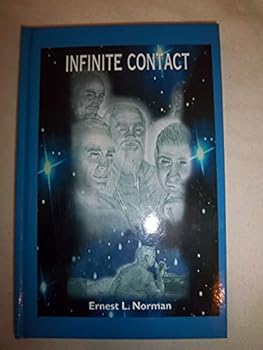Infinite Contact
a book in a series on parapsychology This description may be from another edition of this product.
Format:Paperback
Language:English
ISBN:093264211X
ISBN13:9780932642110
Release Date:November 1989
Publisher:Unarius Academy of Science
Length:188 Pages
Weight:0.86 lbs.
You Might Also Enjoy
Customer Reviews
1 customer rating | 1 review
There are currently no reviews. Be the first to review this work.







































